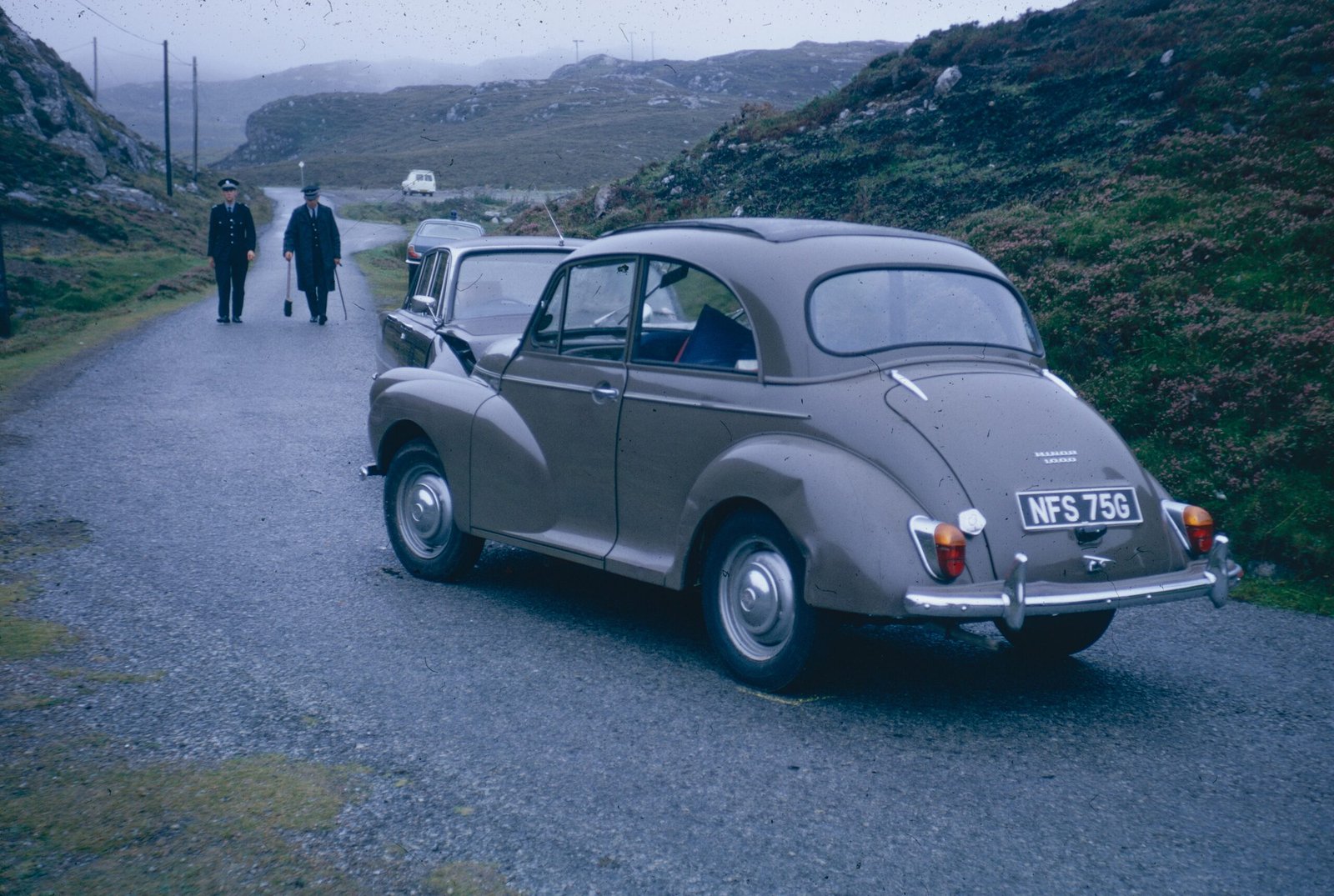What is Collision Coverage?
Collision coverage is a vital component of motor insurance that offers financial protection for a policyholder’s vehicle in the event of an accident. Specifically, this type of coverage addresses damages incurred when a vehicle collides with another vehicle or an object, such as a tree, light pole, or guardrail. Unlike liability insurance, which is mandated by law and covers damages to others in an accident, collision coverage focuses specifically on the policyholder’s vehicle, offering much-needed security during challenging situations.
Essentially, collision coverage is optional in most standard auto insurance policies, allowing drivers the flexibility to choose whether to include it in their coverage plan. This can be particularly relevant for individuals with newer or high-value vehicles, where the cost of repair or replacement could be substantial. Collision coverage helps mitigate these costs, ensuring that individuals can quickly return to the road without incurring undue financial burdens following an accident.
It is important to differentiate collision coverage from other types of insurance, such as comprehensive coverage and liability insurance. While comprehensive insurance protects against non-collision-related incidents—like theft, vandalism, or natural disasters—liability coverage focuses on damages and injuries sustained by others in an accident where the insured is at fault. Understanding these distinctions enables policyholders to make informed decisions about their motor insurance and tailor their coverage to their specific needs. By opting for collision coverage, individuals can enhance their financial protection, thus contributing to their overall peace of mind while driving.
Why Collision Coverage is Important
Collision coverage is a critical component of motor insurance that offers protection in the event of an accident involving a vehicle. One of the primary advantages of having collision coverage is the financial security it provides. For instance, if a policyholder encounters an unforeseen accident, the costs associated with vehicle repairs or even a complete replacement can be exorbitant. Without collision coverage, individuals may find themselves facing a significant out-of-pocket expense that could disrupt their financial stability.
Considering various scenarios, the importance of this coverage becomes even more evident. Suppose a driver collides with another vehicle or crashes into a stationary object, such as a tree or a guardrail. In such situations, collision coverage ensures that the damaged vehicle is repaired, allowing the owner to return to normalcy without the burden of overwhelming repair costs. Additionally, if a vehicle is deemed a total loss, collision coverage would provide the policyholder with a payout sufficient to purchase a replacement vehicle, thus preventing unforeseen financial strain.
Moreover, the psychological benefits of having collision coverage should not be overlooked. Knowing that one is protected against unexpected accidents offers peace of mind, which enhances the overall driving experience. Factors such as the age and value of the vehicle should also be taken into account when considering collision coverage. Newer, more valuable vehicles may warrant a stronger need for such insurance, as the costs to repair or replace them can be significantly higher than older models. Ultimately, collision coverage not only protects against the immediate financial repercussions of accidents but also offers drivers a sense of security on the road.
How Does Collision Coverage Work?
Collision coverage is an essential component of motor insurance that provides financial protection in the event of an accident involving your vehicle. This type of insurance specifically covers the damage to your car resulting from a collision with another vehicle or an object, such as a guardrail or a tree. The process of filing a claim following an accident begins with notifying your insurance company. You will need to provide details about the accident, including time, location, and any potential witnesses. Photographs of the damage may also be required to support your claim.
Every collision coverage policy includes a deductible, which is the amount you must pay out of pocket before the insurance company contributes to the repairs. For instance, if you have a $500 deductible and the total cost to repair your vehicle amounts to $3,000, your insurer will cover $2,500 after you settle the deductible. It’s important to understand that your choice of deductible will affect your premium; a higher deductible generally leads to a lower premium, while a lower deductible results in a higher premium.
Insurance companies assess claims by evaluating the extent of the damages and determining whether they fall within the coverage guidelines established in your policy. Payout limits may apply, which is the maximum amount that the insurance company will pay for any claims. This limit typically correlates with the value of your vehicle or the condition it was in prior to the accident. Furthermore, collision coverage does not cover certain situations, such as damage from natural disasters or incidents when you hit a wild animal. Additionally, it is important to clarify that claims for wear and tear, mechanical failures, or personal property loss are not covered under collision coverage, which often leads to misconceptions among policyholders.
Choosing the Right Collision Coverage
Selecting the appropriate level of collision coverage in motor insurance is a crucial step in safeguarding your vehicle and finances. To begin with, it is essential to assess the value of your vehicle. If you own a newer or high-value car, higher collision coverage limits may be warranted to protect your investment adequately. Conversely, if your vehicle is older or has a lower market value, you might consider opting for a higher deductible, as the potential payout in the event of a claim would be less significant.
When determining the right deductible amount, it is crucial to strike a balance between affordability and coverage. A higher deductible means lower premium costs, which can be appealing. However, ensure that you have the financial means to pay the deductible comfortably in the event of an accident. Analyze your driving habits and accident history; if you have a good track record with minimal claims, you might lean toward a higher deductible and lower premium. Conversely, if you are prone to accidents, lower deductibles may suit your circumstances better.
Moreover, comparing collision coverage options from different insurance providers is essential. Different companies offer varied plans, premiums, and deductible amounts, making it vital to obtain multiple quotes. Look beyond just the cost—consider the benefits, services, and customer support each insurer provides. Reading reviews and seeking recommendations can also guide you toward reputable providers.
Ultimately, understanding your individual situation, including vehicle value and driving behavior, will empower you to make an informed decision regarding the right collision coverage for your motor insurance needs. Taking the time to assess these factors will ensure adequate protection while remaining financially prudent.








